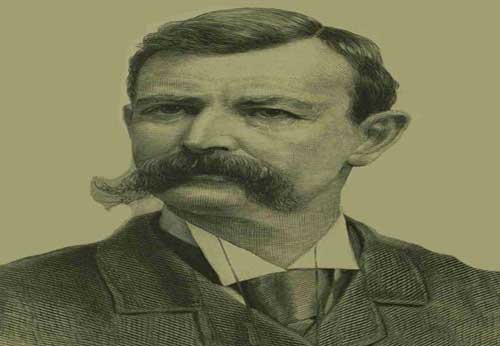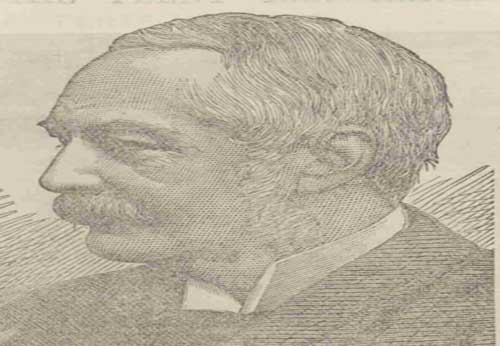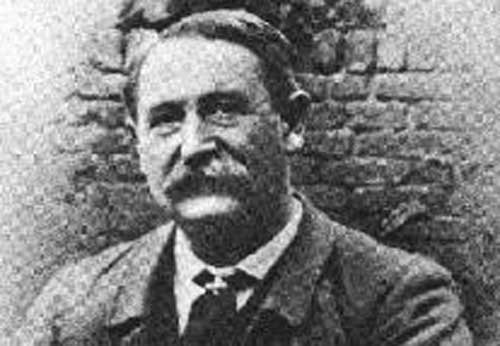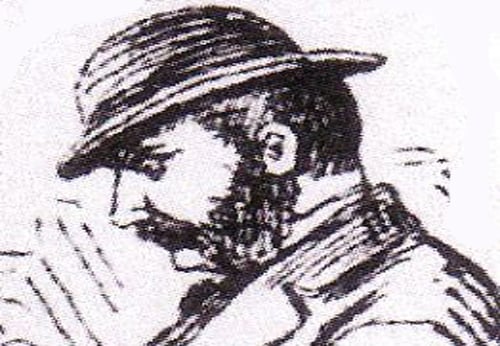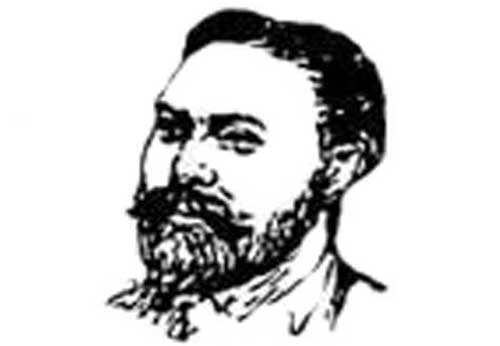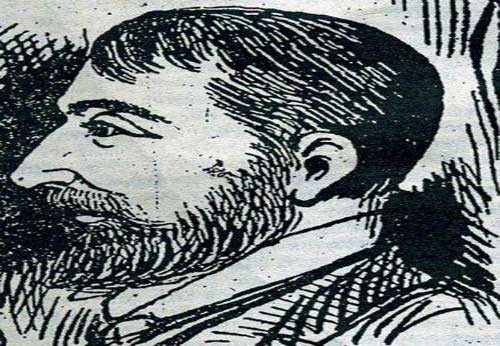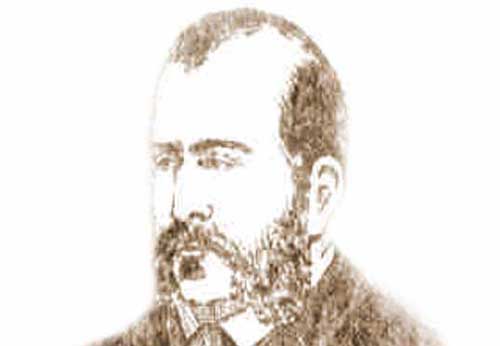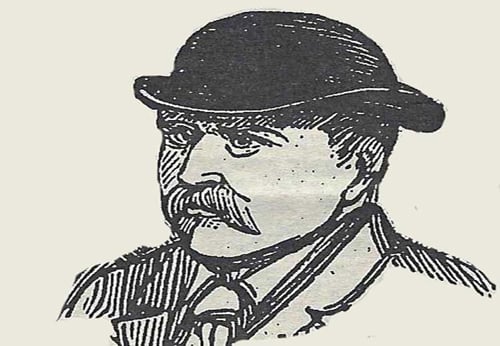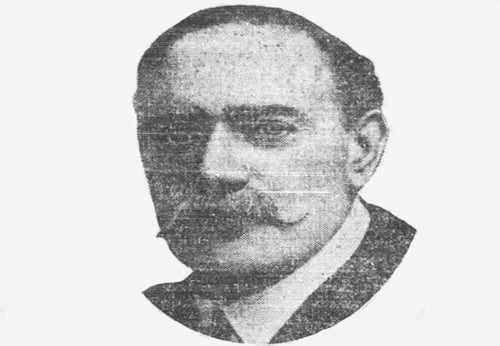- Although he didn't actually join the Metropolitan Police until 1889, Sir Leslie Melville Macnaghten is one of the most oft quoted officers on the case.
- He believed implicitly that Jack the Ripper had five victims and five victims only.
- He was responsible for numerous reforms at Scotland Yard during his tenure as Assistant Commissioner from 1903 to 1913.
- Chief amongst these was a greater willingness to share information with the press.
- Site Author and Publisher Richard Jones
- Richard Jones
SIR MELVILLE LESLIE MACNAGHTEN
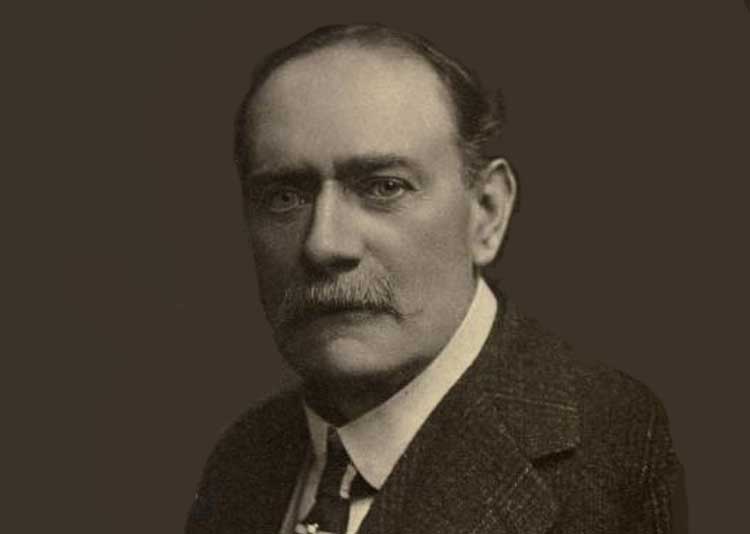
CHIEF CONSTABLE AND ASSISTANT COMMMISSIONER
Sir Melville Leslie Macnaghten (1853 - 1921) was the Assistant Chief Constable of Scotland Yard's Criminal Investigation Department (CID) from June 1889 to December 1890, when he was promoted to Chief Constable; a position he held until 1903, when he was appointed Assistant Commissioner (CID) of the London Metropolitan Police.
He remained in office until 1913, when ill-health forced his retirement.
He appears to have been an affable, able and approachable officer who was both liked and admired by all those he encountered in his professional life, and many of his colleagues were happy to sing the praises of their Chief. - or, "Mac", as he preferred to be known by even the newest recruit to the force.
He was a great believer in leading from the front and by example, and, according to one newspaper account of his style of leadership, "...when a big murder was reported at the "Yard" Sir Melville was always one of the first to be on the scene of the crime."
As one of his colleagues would later recall:-
He was no square peg in a round hole. A cultured man, of quiet tastes, [he] made it his motto never to ask a detective to do what he was not prepared to do himself..."
ONE OF THE HANDSOMEST MEN AT THE YARD
On 15th May, 1921, The Sunday Post carried an article about the recently deceased Sir Melville Macnaghten, purportedly written by "one who knew him."
In appearance the great sleuth was one or the handsomest men at the Yard.
Tall and military-looking, he was one of the kindest-hearted police officials I ever knew, and many an old "lag" had reason to thank him for encouragement and help when he decided to turn from dishonest ways and begin a new life."
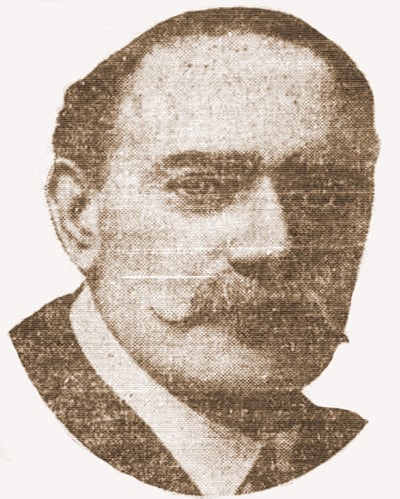
Sir Melville Macnaghten
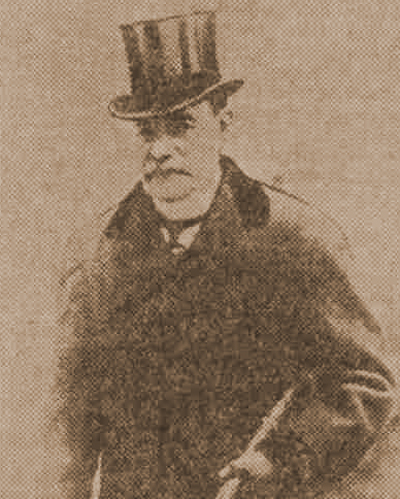
Sir Melville Macnaghten
HAPPY TO SPEAK TO THE PRESS
Macnaghten made several major changes and reforms to the way the Metropolitan Police operated during his tenure at Scotland Yard, one of the major ones being a greater willingness to share information with the newspapers.
The Derby Daily Telegraph, made special mention of this particular reform in an article that was published on Thursday 29th May, 1913, just after Macnaghten had announced his impending retirement:-
When, ten years ago, he utilised the services of the Press in crime investigation, his action was adversely criticised in many quarters.
The impression prevailed that detectives could best serve the interests of justice by keeping journalists at a distance, and one result of this was that reports, more less unreliable and irritating, found their way into the newspapers.
We acknowledge the publication of vague, unofficial statements was not altogether creditable, but regard ought fairly to be had to the public thirst for "information" concerning sensational crimes.
Sir Melville Macnaghten, perceiving that publicity would be advantageous in a great majority of instances, and, having the courage of his opinions, furnished inquiring Pressmen with information which they could make use of without hesitation.
Now, after ten years' service, the famous criminal investigator presents the public with his experiences. His policy has been amply justified.
"I can safely say," he remarked on Wednesday in the course of interview, "that in seventy-five cases out of a hundred the Press has been exceedingly useful, and its value in those cases quite outweighed the nuisance which it sometimes was in the others."
This is, indeed, striking testimony, and it can hardly be doubted that it will be seriously considered by responsible officials.
It may be that the system is peculiarly adapted to police operations in great cities, but it must do much to undermine the old practice of keeping journalists completely in the dark respecting events of an absorbing nature.
HIS GREATEST REGRET - JACK THE RIPPER
Although he wasn't actually a member of the Metropolitan Police when the Jack the Ripper murders occurred in 1888, he did join the force just prior to the murder of Alice McKenzie (July, 1889) and so he was actively involved in the investigation into her murder, as well as the investigations into the murders of the Pinchin Street torso victim and Frances Coles, which took place in September, 1889 and February, 1891 respectively.
He would later tell the Daily Mail that the greatest regret of his life was that he had joined the force six months after Jack the Ripper had committed suicide.
He went on to give his opinion on the case and of the person responsible for the crimes, albeit he was frustratingly circumspect about publicly identifying the man he suspected of being the perpetrator of the murders:-
...Of course he was a maniac, but I have a very clear idea who he was and how he committed suicide, but that, with other secrets, will never be revealed by me.
I have destroyed all my documents and there is now no record of the secret information which came into my possession at one time or another."
DAYS OF HIS YEARS
Macnaghten would later devote a chapter to "Jack the Ripper" in his autobiography, Days Of My Years, which was published in 1914.
In that chapter he discounted Emma Smith and Martha Tabram as having been victims of the ripper, and stated emphatically that, "The first real "Whitechapel murder" took place on 31st August, when Mary Ann Nichols was found in Buck's Row with her throat cut and her body slightly mutilated..."
He also stated, with the utmost certainty, that the murder of Mary Kelly, on the 9th November, 1888, was "...the last of the series..."
With regards the murderer and what became of him, Macnaghten had this to say:-
...It will have been noticed that the fury of the murderer, as evinced in his methods of mutilation, increased on every occasion, and his appetite appears to have become sharpened by indulgence.
There can be no doubt that in the room at Miller's Court the madman found ample scope for the opportunities he had all along been seeking, and the probability is that, after his awful glut on this occasion, his brain gave way altogether and he committed suicide; otherwise the murders would not have ceased.
The man, of course, was a sexual maniac, but such madness takes Protean forms...
Sexual murders are the most difficult of all for police to bring home to the perpetrators, for "motives" there are none; only a lust for blood, and in many cases a hatred of woman as woman.
Not infrequently the maniac possesses a diseased body, and this was probably so in the case of the Whitechapel murderer..."
THE MACNAGHTEN MEMORANDA
However, one of Melville Macnaghten's most important statements on the Whitechapel murders was written in 1894, and is now known as the "Macnaghten Memoranda."
The memoranda was written explicitly to refute claims being made in a newspaper that Thomas Cutbush, who at the time had been confined to Broadmoor Asylum, was Jack the Ripper.
In his memoranda, which, it should be remembered was not intended for public viewing, Macnaghten names three individuals, "...any one of whom would have been more likely than Cutbush to have committed this series of murders.
The three men that Macnaghten named were, A Mr .M. J. Druitt, Kosminski and Michael Ostrog.
Contrary to what is often suggested, it should be noted that Macnaghten didn't actually write that any of the three men was Jack the Ripper, but rather that any one of them was "more likely than Cutbush" to have committed the murders.
THE CANONICAL FIVE
However, what Macnaghten did do was set the number of actual victims at five, or, as he put it in the memoranda - "...Now the Whitechapel Murderer had 5 victims - & 5 victims only...", after which he went on to name Mary Nichols, Annie Chapman, Elizabeth Stride, Catherine Eddowes and Mary Kelly, and, in so doing, established the idea of the "canonical five" victims of Jack the Ripper.
A KEEN STUDENT OF CRIMINOLGOY
Today there is a huge amount of debate over Macnaghten's emphatic statements concerning the crimes and the fate of the perpetrator.
However, many who knew him had no doubt that he had an unrivalled knowledge of the case, and his detailed studies of crime and criminals were extensively reported in the newspaper obituaries of him that appeared after of his death on 12th May, 1921.
As "One Who Knew Him" put it, in his eulogy of his old colleague, which appeared in The Sunday Post on 15th May, 1921:-
The study of crime was his hobby, and a keen judgment of character enabled him to select the best men for the elucidation of crime to work in conjunction with him.
The most famous officers in London speak of him in terms of admiration. "There was a man!", they would say, whenever his name was mentioned.
There was nothing of the detective of fiction about him. He was better than that. he had all the scientific methods of crime detection at his finger ends, and combined this with a wonderful mathematical brain, which could work out problems which few men would be capable of solving..."
Article Sources
Sir Melville L. Macnaghten. Days Of My Years Edward Arnold (1914)
The Manchester Courier, Friday, 16th May, 1913.
The Derby Daily Telegraph, Thursday, 29th May, 1913.
The Sunday Post, Sunday, 15th May, 1921.
The Hull Daily Mail, Saturday, 14th May, 1921.

